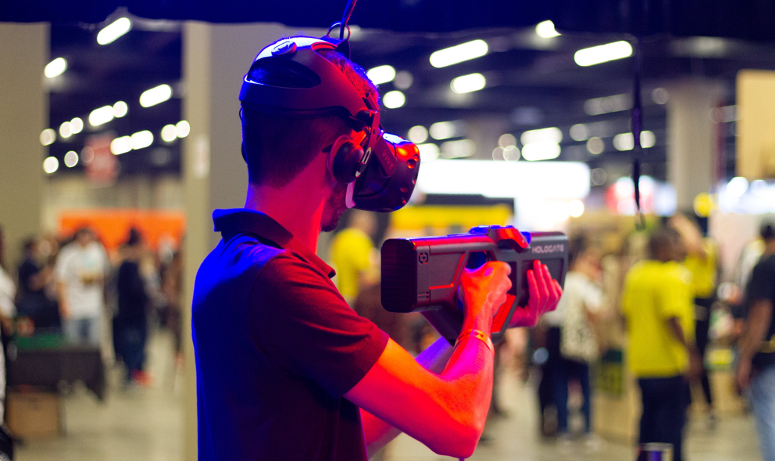
In the past 5 years, every major eXtended Reality (XR) company has worked towards making its products more accessible to consumers. A large part of their efforts has been focused on making stand-alone XR interaction devices and having cross-platform compatibility. Headsets like the Oculus Quest and HTC Vive Cosmos, and controllers like the Valve Index have moved towards broadening their support to allow users to do more with their devices. On the flip side, there have been several research efforts that have explored the use of more specialized devices to provide a better user experience. As an example, check out this haptic revolver device that provides finger haptic sensations as you interact with a virtual environment. Although such devices are still a few years away from being commercially available, they aim to make interactions more natural and immersive, considerably improving user engagement and experience. Think of this as being similar to having the guitar and drum set controllers to play Guitar Hero even though you can play those with a regular game controller.
How are These XR Advances Possible?
The tech industry has made giant leaps in recent years and as a result, we now can use technologies like neural sensing, brainwave sensing, and 3D printing in everyday devices. This has resulted in some very interesting applications in the XR industry. A perfect example of this is the Facebook Wristband for Augmented Reality (AR).
These wristbands use Electromyography (EMG) to sense neural signals sent from your brain when you try to move your fingers, then estimate the gestures you are trying to make, and use those estimated movements to afford interaction in an immersive experience. This is a very exciting endeavor because not only does it make interaction with virtual objects natural and intuitive, it also reduces the amount of time and cognitive load needed to learn how to use a complex handheld device. Moreover, the applications of such a device are endless. As long as it can sense the gestures you’re making accurately and track your hand movements, you can pretty much program it to do anything, from making wonky hand gestures to shooting fireballs or simply typing on a virtual keyboard. Another device that boasts similar aspirations is the Etee button-free VR controller. Although still under development and looking for additional funding from backers, it shows much promise and looks particularly easy and user-friendly to use.
XR Interaction Devices and their Shortcomings
The downside to these devices is the lack of true-to-life immersive haptic feedback. Yes, each of the devices features haptic feedback but they are simple vibrations. These are not too different from the haptic feedback you receive from other daily use devices like your mobile phone. Moreover, it remains to be seen how effective and versatile these devices actually are. Given that XR experiences inherently make things more immersive and elicit natural behavior from users, custom devices should provide a higher level of active and passive haptic feedback that would make users feel as if they’re really interacting with the object they’re seeing. This is precisely why there is special interest among researchers to develop custom controllers that aim to provide more accurate haptic sensations and of course an overall better UX/UI. These types of devices are often one-offs and only work well for specific situations, but they do a very good job of providing natural interaction in those scenarios.A very good example of this is the haptic revolver device I mentioned earlier. This revolver device has a textured wheel that rotates near the user’s finger as they move it in a virtual experience. This provides a sensation of touching a surface and moving your finger in a direction. It provides a very compelling sensation of touch and considerably increases immersion based on the research findings. Although the wheel only rotates on one axis, the research seems to suggest that it does provide a compelling sense of touch in other directions by varying the speed of the wheel. The device does have a swappable rotating wheel making it easier to represent other materials and the wheel also moved up and down with the help of an actuator to provide the sensation of tapping a surface.
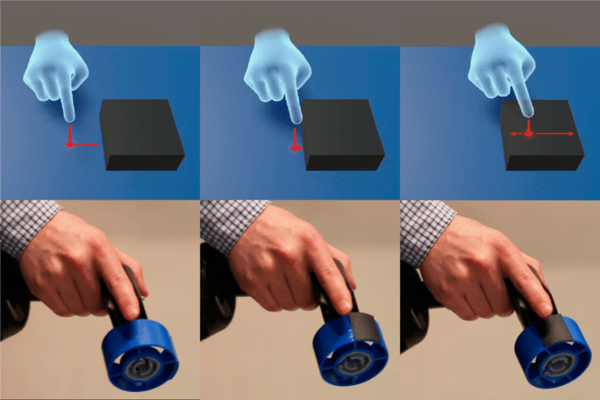
Great User Experience Examples
There are other similar devices that provide unparalleled immersive haptic feedback for specific situations that are or will be commercially available soon. For example, StrikerVR’s website has some sleek-looking gun-shaped controllers that aim to provide realistic haptic feedback for shooting Virtual Reality (VR) games. The company develops large gaming arenas where users can playfully immersive shooting VR games using tracked custom gun controllers that provide force feedback based on the in-game experience.
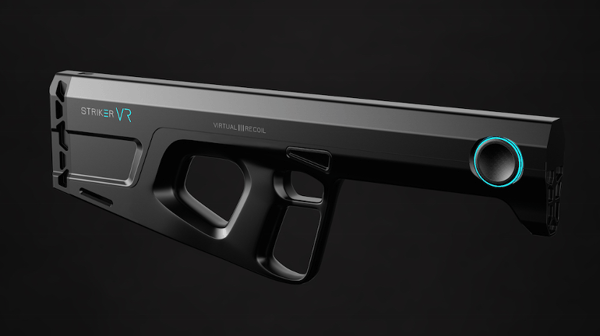
Although most of the devices I talked about are not available to the general public just yet, it sure is exciting to see what’s coming in the near future. Hopefully, once the pandemic is under control, and exhibitions and conferences are back to being in-person, you might get to try one of these XR interaction devices out.
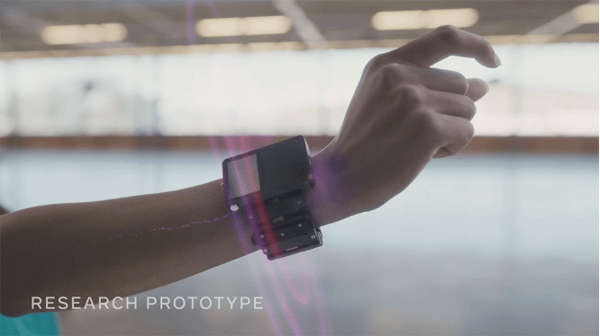
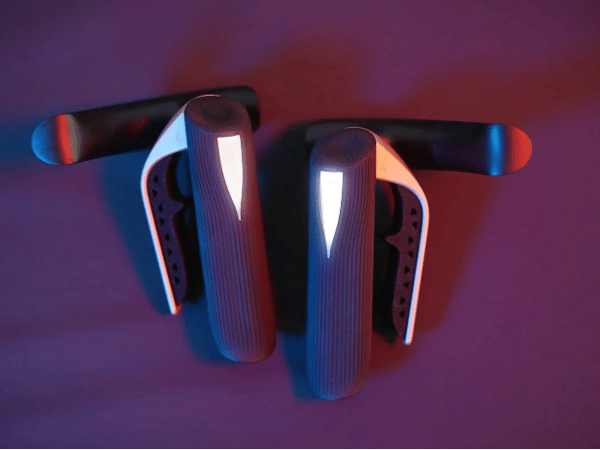

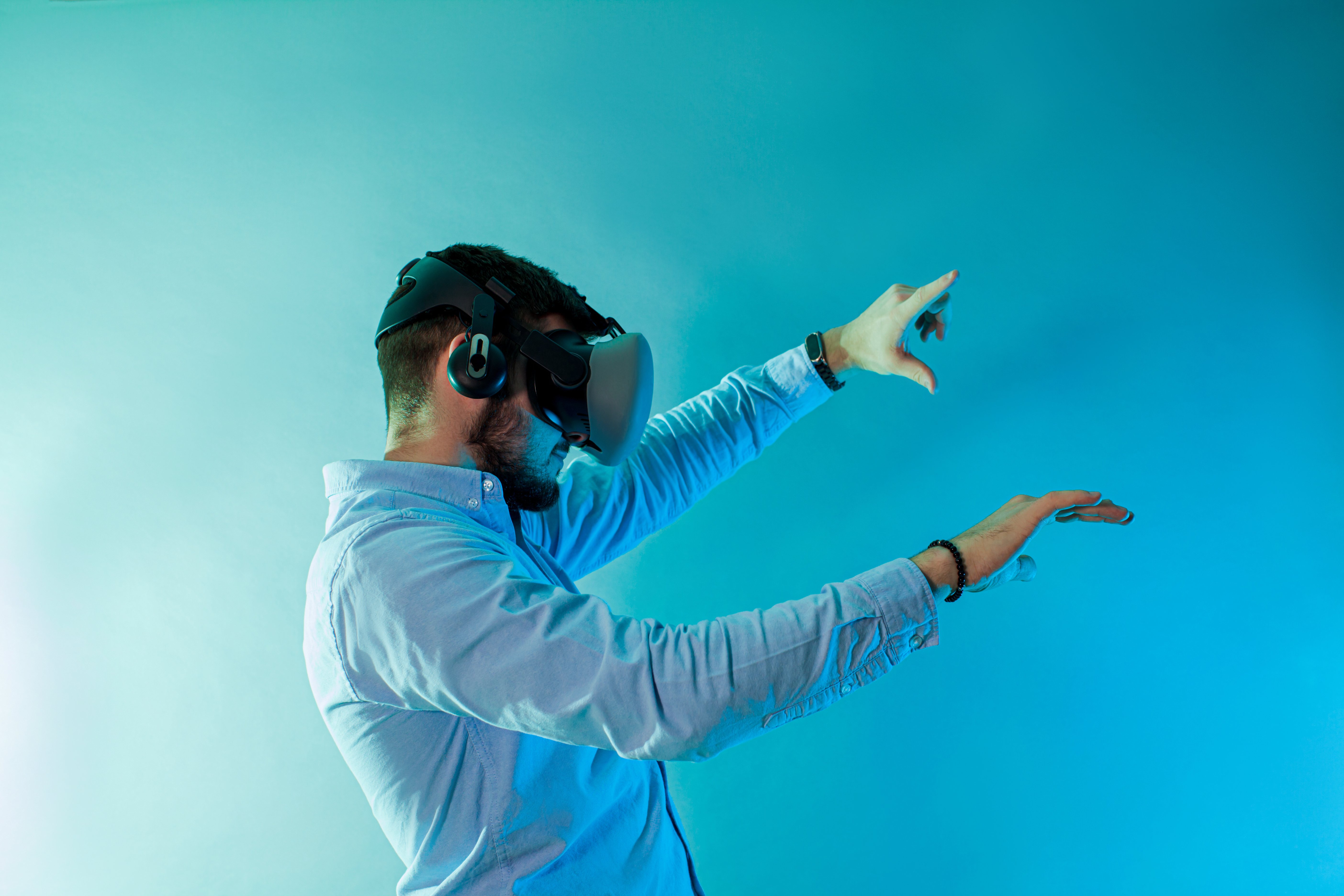
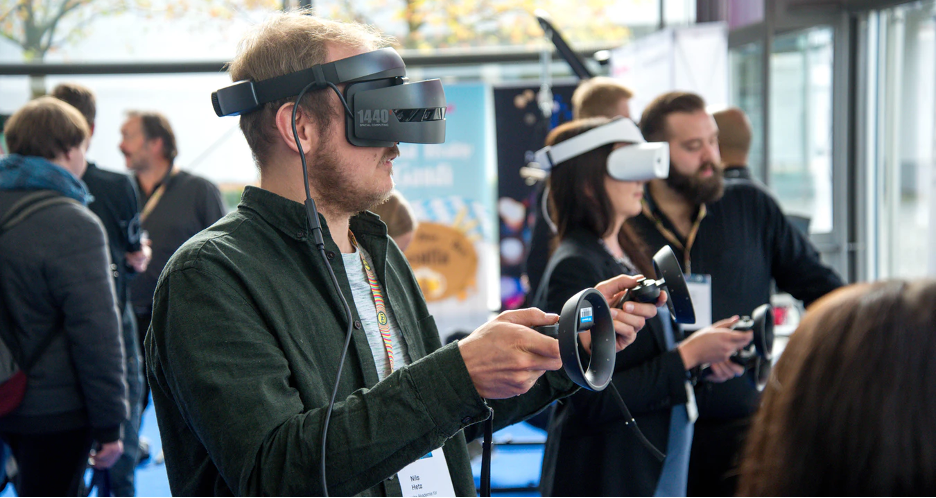







Comments
Add Comment